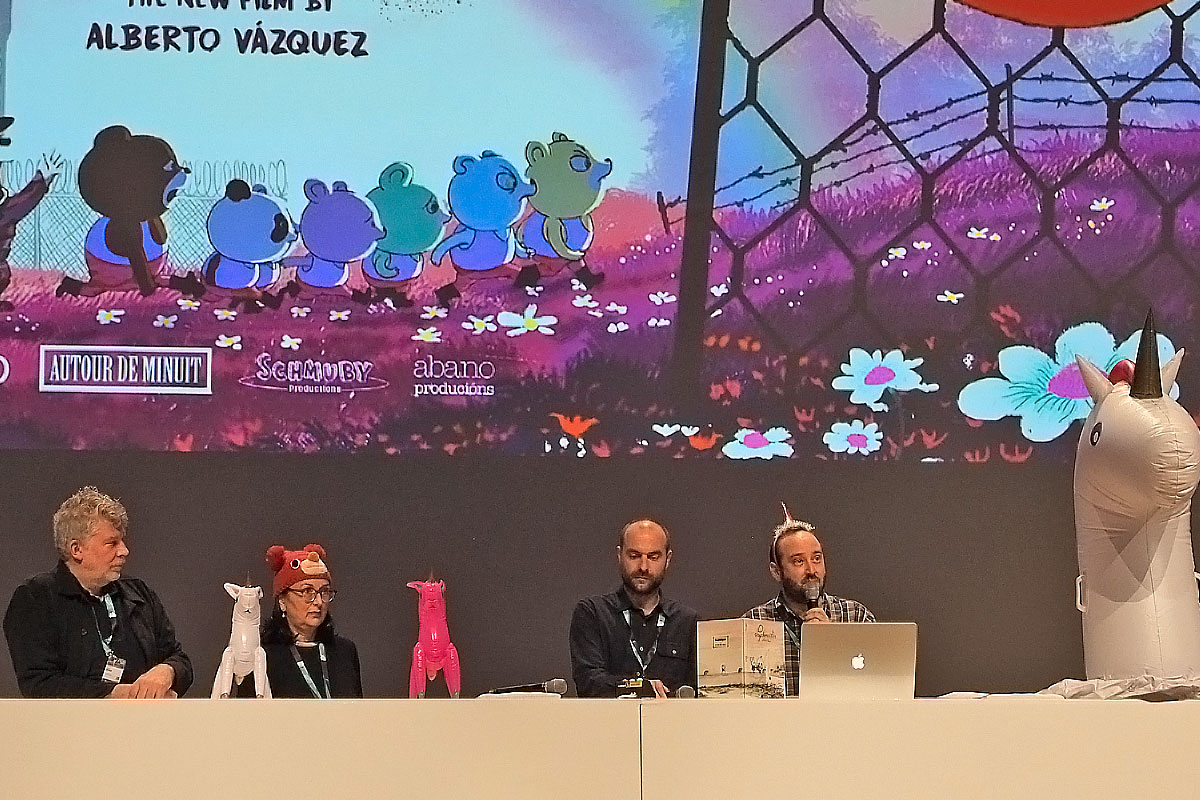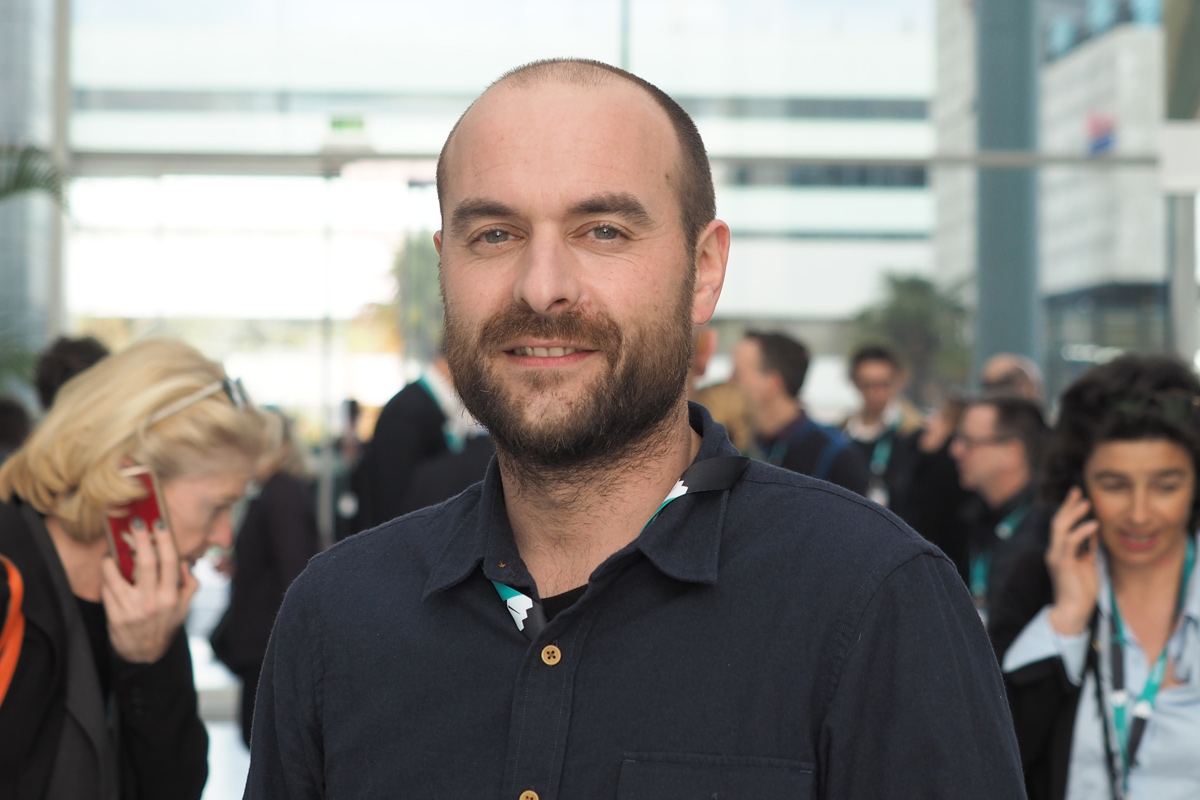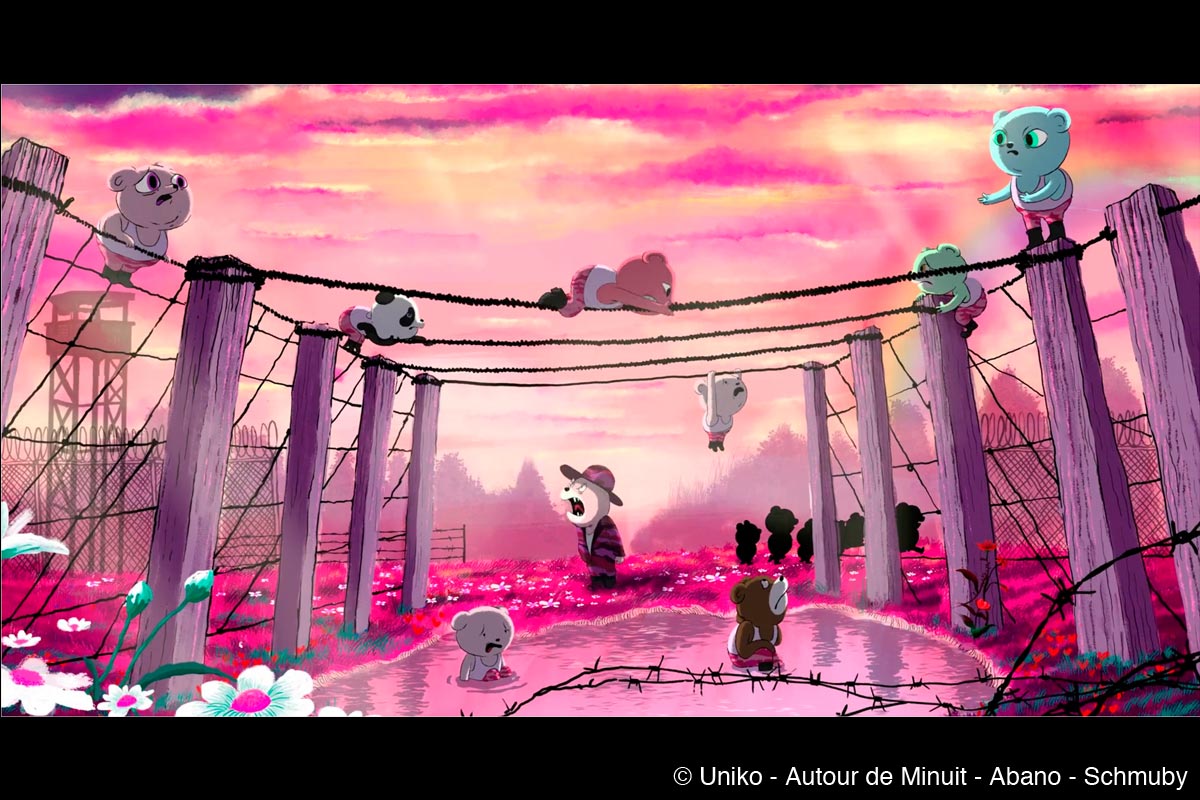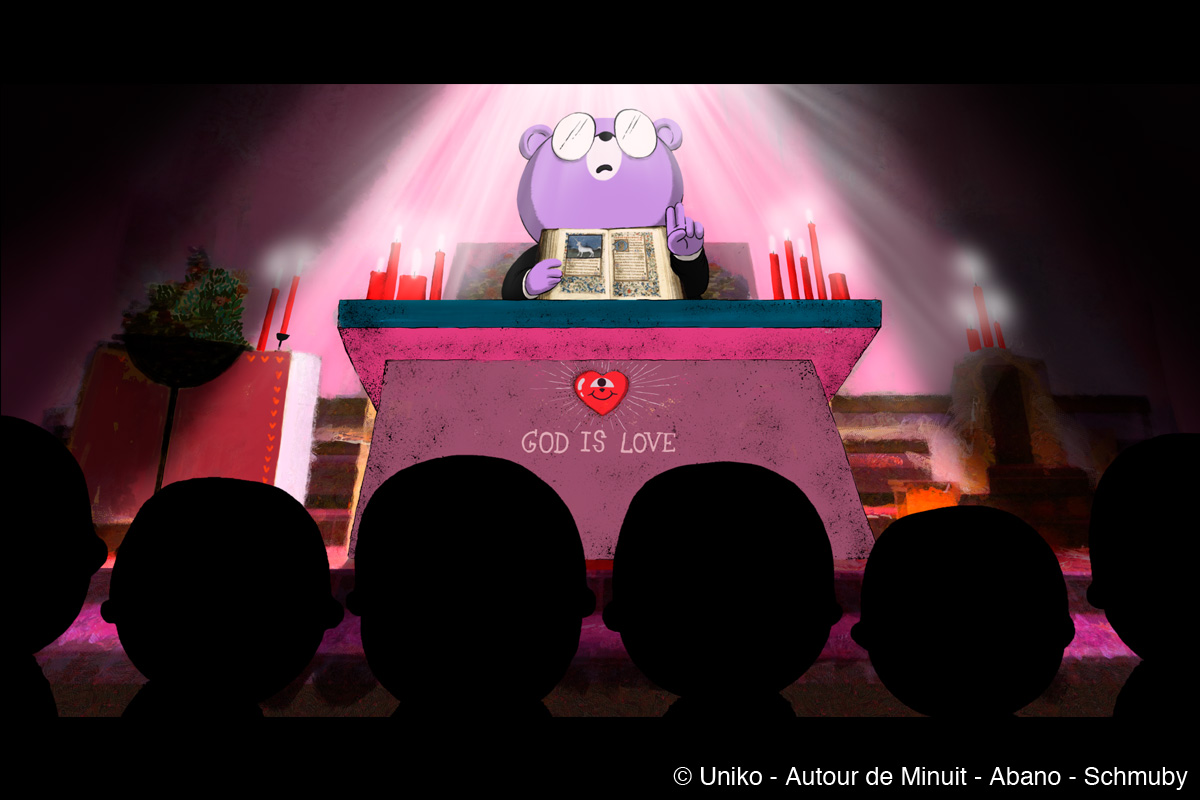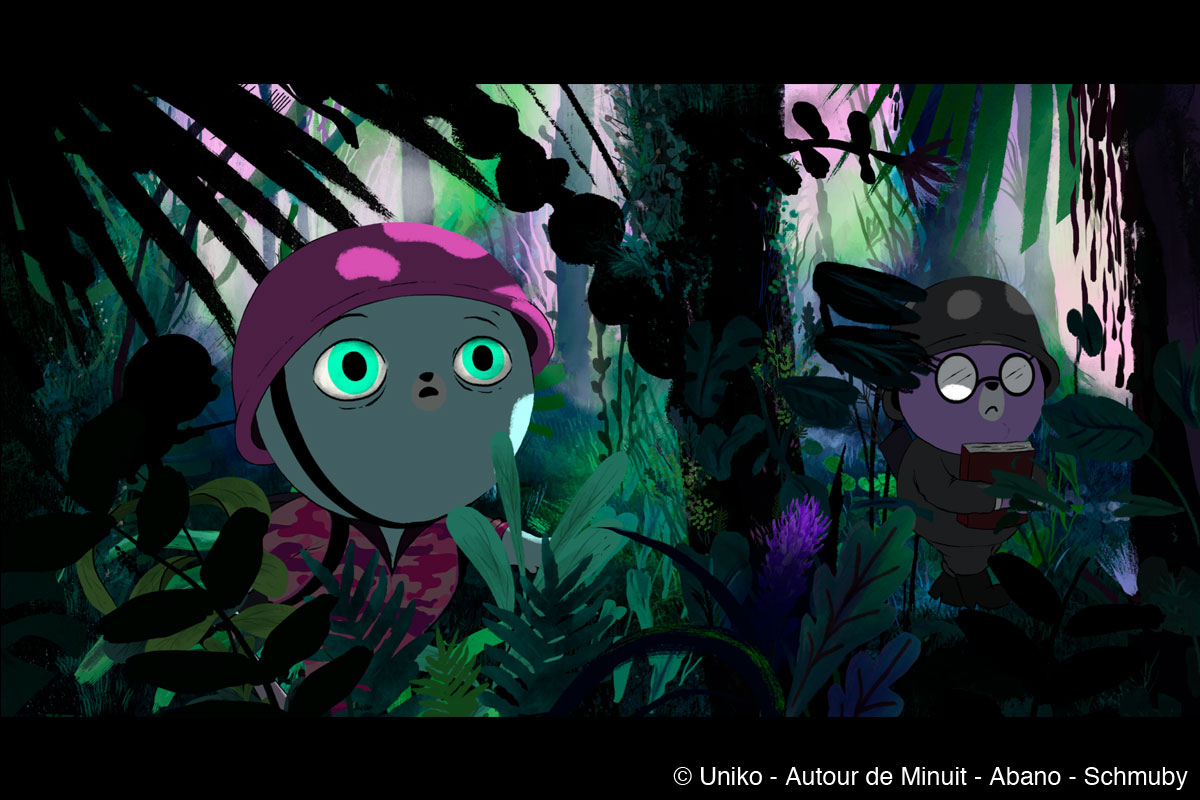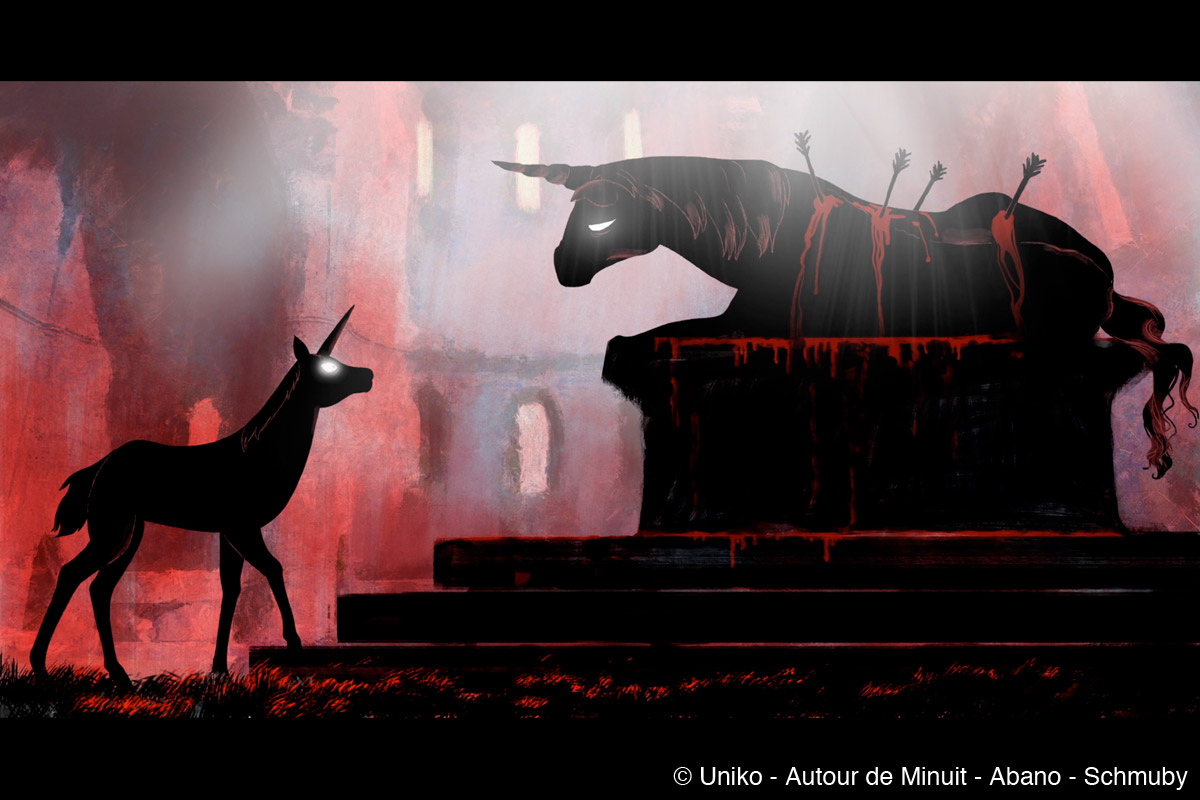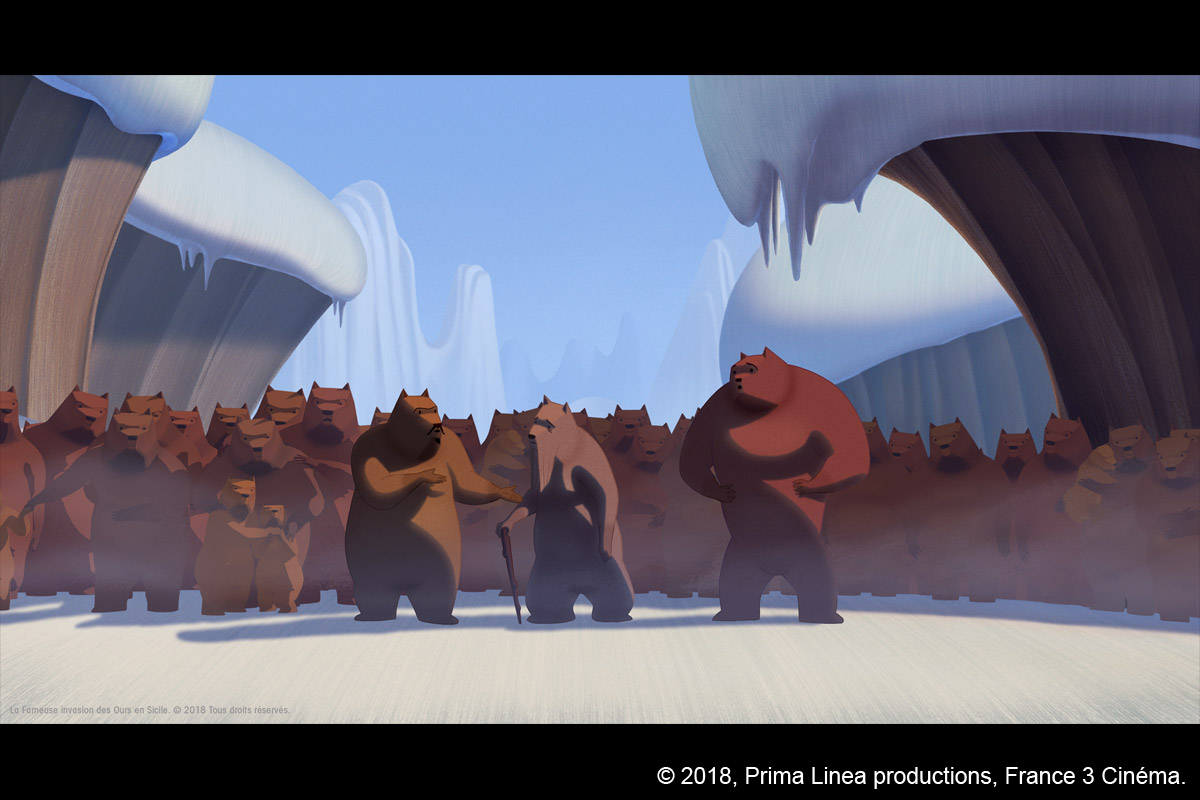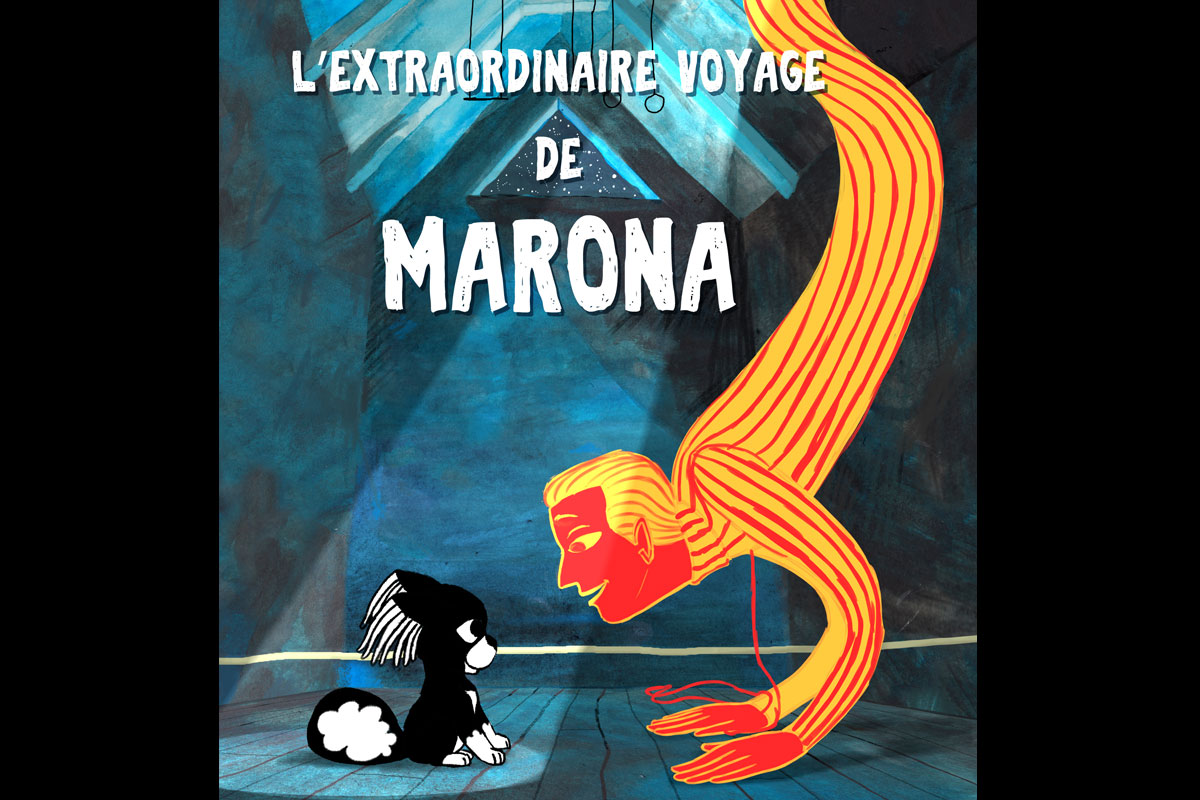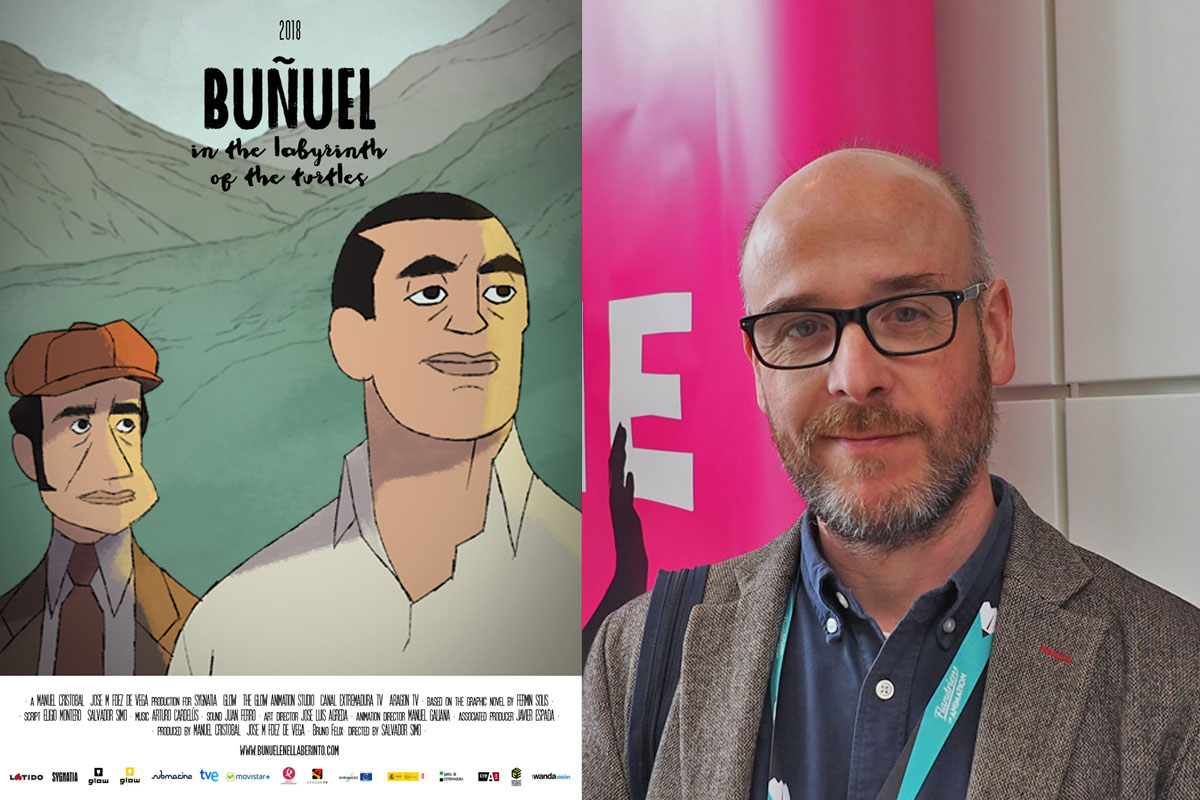Unicorn Wars
(Status: in development)
Synopsis
Teddy bears and unicorns have been at war for as long as anyone can remember. Private Bluet craves unicorn blood, because it confers eternal beauty, according to the prophecy in the new religion’s sacred book. His brother, Tubby, is not cut out for war. He lacks confidence and is an emotional eater. All he wants is for his brother to love him. A teddy bear regiment leaves the training camp for a mission that will end in a brutal and disastrous final battle.
Unicorn Wars
Director: Alberto Vazquez
Author: Alberto Vazquez
Producer: Nicolas Schmerkin (Autour de Minuit, France)
Co-Producers: Ivan Miñambres (UniKo, Spain) / Nicolas Schmerkin (Schmuby Productions, France) / Chelo Loureiro (Abano Productions, Spain)
Target audience: Young Adults / Adults
Technique: 2D digital
The team of Psiconautas, losniñosolvidados (2015), which won the Best Animated Feature at the 2017 Goya Awards, pitched their new project Unicorn wars at Cartoon Movie 2018. It is a new feature film targeting teenage and adult audiences. The synopsis shows us that the idea of the story is very unique and impressive, and it is treating human nature the same as Psiconautas. We interviewed with the great visual storyteller Alberto Vazquez, the director and author of the film, after their pitch session at Cartoon Movie 2018.
Interview with Alberto Vazquez
Hideki Nagaishi (HN): Where did the initial idea of the story come from?
Alberto Vazquez: I come from the world of comics. Before starting in the animation, I already had several comics published, such as Psychoanalysts. Unicorn wars was born from a short story, which I later decided to expand on in the short film Unicorn Blood. The idea seemed powerful and I decided to expand it even more with Unicorn Wars, a war fantasy story of a war between bears and unicorns, but really tells of a war between two brothers for the love of their mother.
HN: I would like to ask you about your way of making a story. How do you develop the story from scratch?
Alberto Vazquez: Well, I’ve always wanted to make a war movie. It is one of my favorite genres, with movies like Apocalypse Now, Platoon or Full Metal Jacket; I love them. All this I have mixed with my universe of animals in worlds of fable, along with a strong psychological and mystical burden. I define it as a mixture between Apocalypse Now, Bambi and The Bible, three of my favorite stories.
HN: So, I guess that idea of Unicorns came from Bambi, right?
Alberto Vazquez: Not exactly, the story reminds me of Bambi, but I have not been inspired by it as a starting point. There is one of the unicorns that looks for her lost mother and is surrounded by forest animals with whom she speaks. Everything is disguised as a classic tale, a fable, although in this story, there is no moral.
HN: Then where did the idea of teddy bears in the story come from?
Alberto Vazquez: I usually work with animal characters in all my films and comics, because anthropomorphic animals are very interesting and they are universal icons. They don’t have a specific place necessarily, but they belong to the world. I thought about cats or dogs at first, but I later thought that teddy bears are cute, and people love teddy bears.
HN: In your new film project Unicorn Wars, what human emotions do you want to express through teddy bears and unicorns?
Alberto Vazquez: Unicorns represent nature, they are wild animals that take care of the magical forest ecosystem. All the Unicorns are female and their names are biblical, like “Maria”, “Judit”, and “Ana”. On the other hand, the teddy bears are males and their names are adjectives, like cuddly twins, such as “Hugsey”, “Bluie”, and “Fatty”. So, Unicorn Wars is a fight between man and nature, between man and woman, between the human instinct of destruction and that of healing…
HN: I would like to talk about the colors. I felt that the color red is used impressively in the teaser, which you showed during the pitch. What is your aim in using the color red in the film?
Alberto Vazquez: The use of color is also expressive, symbolic and narrative. At first, in the world of bears, everything is pink with contrasting colors, but then, as the story progresses and the soldiers are in the forest, the colors are darkening and desaturating. In the last battle, there will be reddish colors that reflect the violence of the war. I like the color to evolve with the story.
HN: Nicolas, the producer, said that Unicorn Wars attempts to reach a more general audience than Psiconautas. What kind of differences are there between Psiconautas and Unicorn wars, due to the difference in target audience?
Alberto Vazquez: Psiconautas is a slow-rhythm film. On the other hand, Unicorn wars has a lot of fast-paced scenes, because Unicorn wars is aiming for a wider audience than Psiconautas. It has actions, fights, and battles, and cute teddy bears. Of course, Unicorn wars is an artistic film, but it is a more commercial film at the same time.
HN: In terms of the approach in making the story, are there any differences between Psiconautas and Unicorn wars?
Alberto Vazquez: Yes. Perhaps the main difference is that Psiconautas is based on an over-100-page comic book published in 2011 and it was “easy” to translate the language of the comic book into animation. But Unicorn wars is from a 5-page short story, so that I had to newly create almost all parts of the story. It was a challenge for me to make a story for a feature film from scratch.
HN: Is there anything different for you between making a story for a comic and making a story for an animated feature film?
Alberto Vazquez: There are many differences. Comics are a free medium and a very direct creation. You just need a pen, ink, and paper, and then you have the big freedom to tell and express stories directly. But, to make an animated feature, you need a lot of money and a lot of teams. In terms of narration, there is also a big difference between comics and animated films. Comics are more free than animated films because one of the main characteristics of the comic is temporariness. To make an animation, you have to do a lot of things. For example, in terms of camera movement, you have to care of the temporariness so people could lose themselves in the story. I mean that telling a story in the animation world is more technical than with comics. Comics are a free medium as you know. It’s cheap, direct, very honest, and also has an underground aspect. So, comics are now a powerful medium and hence, there are a lot of incredible comics right now, I think. In contrast, perhaps animated features have difficulties as a medium because they need to gather more interest economically. To start an animated film project, you might have to talk with three or four producers and one or two TV channels at least. I guess that is why it is not easy to see new, fresh, and unique animated films presumably. I think, in general, the best environment for making animation right now is Japan, with Japanese animation, where I can find more different and freer works than in Europe.




